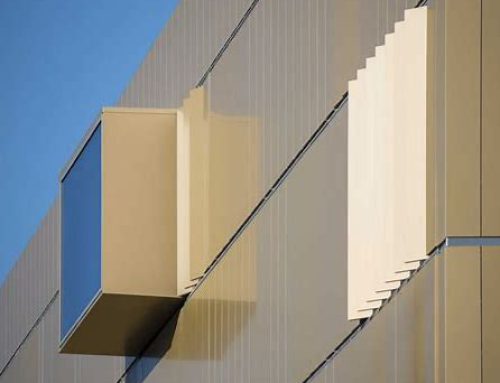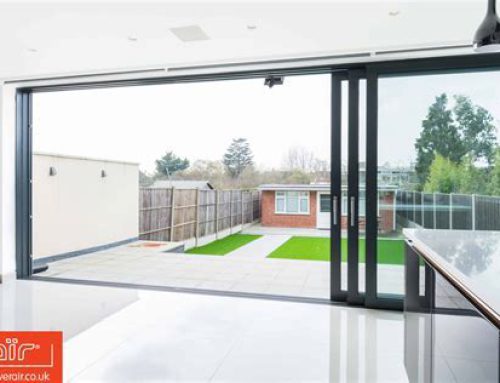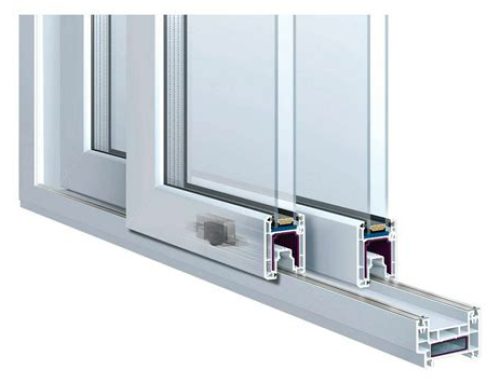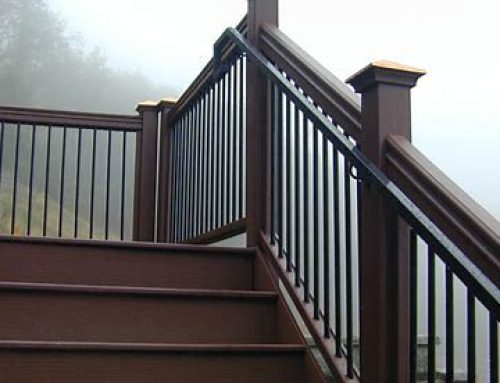Supplier of construction dry facades tools

Supplier of construction dry facades tools ,In the realm of modern construction, the demand for efficient, durable, and aesthetically pleasing facades has driven the popularity of dry facades systems. These systems, known for their versatility and ease of installation, rely heavily on specialized tools and materials. Choosing the right supplier for these tools is crucial to ensuring the success and durability of your project.
Understanding Dry Facades
Dry facades, also known as ventilated facades, are exterior cladding systems that provide both functional and architectural benefits. They consist of an outer layer, often made of materials like ceramic, porcelain, metal, or composite panels, which are attached to a supporting structure without the use of wet mortar. This method not only accelerates construction but also improves thermal and acoustic insulation, as well as protects the building from weather elements.
Importance of Choosing the Right Supplier
- Quality Assurance: The tools used in dry facades installation must meet high standards to ensure the longevity and safety of the structure. A reputable supplier will offer tools that comply with industry regulations and have undergone rigorous testing.
- Specialization: Opting for a supplier specializing in dry facades tools ensures that you receive expert advice and products tailored to your specific needs. They understand the unique challenges of dry facades installation and can recommend the most suitable tools for your project.
- Reliability and Support: A reliable supplier provides consistent access to tools and materials, minimizing delays and disruptions during construction. They also offer technical support and training to ensure proper usage of tools, enhancing overall project efficiency.
- Innovation: The construction industry continually evolves, and suppliers at the forefront of innovation offer tools that incorporate the latest technology. This could include advancements in materials, ergonomics, and efficiency, contributing to faster installation times and improved outcomes.
Key Considerations When Choosing a Supplier
- Product Range: Ensure the supplier offers a comprehensive range of tools, from basic components to specialized equipment required for intricate designs or challenging installations.
- Reputation and Reviews: Check customer reviews and testimonials to gauge the supplier’s reputation for quality, reliability, and customer service.
- Customization: Depending on your project’s unique requirements, assess whether the supplier can customize tools or offer solutions tailored to specific challenges.
- Sustainability: Increasingly, sustainable practices are a priority in construction. Choose suppliers who prioritize eco-friendly materials and processes in their products.
Challenges Faced:
- Complex Design Requirements: The facade design includes varying panel sizes and intricate detailing, necessitating precise tools for installation.
- Environmental Factors: The building location experiences diverse weather conditions, requiring facade materials and tools that can withstand environmental stresses.
Choosing the Supplier:
After careful consideration, the project team selects a supplier known for their expertise in dry facades tools and materials. Here’s how their choice proves beneficial:
- Quality Tools: The supplier offers high-quality tools designed specifically for dry facade installation, ensuring the durability and performance of the facade system.
- Technical Support: Throughout the project, the supplier provides technical support and guidance, assisting the construction team with tool selection, installation techniques, and troubleshooting.
- Timely Delivery: The supplier maintains consistent inventory and delivers tools promptly, preventing delays in the construction schedule.
- Innovative Solutions: They introduce innovative tools that streamline installation processes, such as adjustable brackets for panel alignment and lightweight handling equipment for safer installation at heights.
- Sustainability Commitment: The supplier emphasizes sustainable practices, offering eco-friendly materials and promoting waste reduction during installation.
Project Outcome:
Thanks to the partnership with a reliable supplier, the office complex achieves its goals:
- Enhanced Aesthetics: The facade system enhances the building’s visual appeal, contributing to a modern and professional appearance.
- Improved Energy Efficiency: The ventilated facade system improves thermal insulation, reducing heating and cooling costs for the building.
- Durability and Longevity: High-quality tools and materials ensure the facade system’s longevity and minimal maintenance requirements over time.
Future Trends and Considerations
the landscape of construction and facade technology continues to evolve. As you consider selecting a supplier for dry facades tools, keep these future trends and considerations in mind:
- Digitalization and BIM Integration: Suppliers that embrace Building Information Modeling (BIM) and digital tools can offer enhanced project planning and coordination capabilities. Look for suppliers who provide BIM-ready models and digital catalogs to streamline design and installation processes.
- Material Innovation: The development of new materials, such as advanced composites or sustainable alternatives, may offer improved performance and environmental benefits. Seek suppliers who stay abreast of these innovations and incorporate them into their product offerings.
- Energy Efficiency Standards: With increasing emphasis on energy efficiency and sustainability in building codes and certifications, choose suppliers who provide facade solutions that meet or exceed these standards. This includes materials with high thermal performance and tools that facilitate efficient installation.
- Prefabrication and Modularization: The trend towards prefabricated facade components and modular construction techniques can significantly reduce on-site labor and installation time. Suppliers offering prefabricated solutions or modular systems can enhance project efficiency and cost-effectiveness.
Best Practices for Selection
To ensure you choose the best supplier for your dry facades tools, follow these best practices:
- Request References and Case Studies: Ask potential suppliers for references from similar projects and review case studies to assess their track record and capability.
- Visit Manufacturing Facilities: If feasible, visit the supplier’s manufacturing facilities to inspect their production processes, quality control measures, and inventory management practices.
- Evaluate Customer Support: Inquire about the supplier’s customer support capabilities, including availability for technical assistance, training programs, and after-sales service.
- Consider Long-Term Relationships: Building a partnership with a supplier who understands your project goals and offers ongoing support can lead to smoother project execution and future collaborations.
Supplier Selection: The project team opted for a supplier renowned for their expertise in sustainable building materials and innovative facade solutions. The supplier provided:
- High-Quality Tools: Precision-engineered tools specifically designed for dry facade installation, ensuring accurate alignment and efficient assembly.
- Sustainable Materials: Facade panels made from recycled content and low-emission materials, aligning with the project’s sustainability goals.
- Technical Support: Dedicated technical support throughout the project, including on-site training for construction crews to optimize installation techniques and troubleshoot potential challenges.
Outcome: Thanks to the partnership with a reputable supplier, the project achieved remarkable results:
- Energy Efficiency: The ventilated facade system significantly reduced heating and cooling demands, contributing to the project’s LEED Platinum certification and lowering operational costs for building owners.
- Aesthetic Enhancement: The facade’s sleek design and high-quality finish enhanced the building’s visual appeal, attracting positive attention from residents, tenants, and visitors.
- Long-Term Durability: By using durable materials and expertly engineered tools, the facade system ensured minimal maintenance requirements and prolonged service life.
Continuous Improvement and Industry Collaboration
Beyond the immediate project scope, the journey of selecting a supplier for dry facades tools involves ongoing learning and collaboration:
- Feedback Loop: Establishing a feedback mechanism with your supplier can provide valuable insights for future projects. Share experiences, challenges, and suggestions to refine processes and improve outcomes.
- Industry Collaboration: Participate in industry forums, conferences, and networks to stay abreast of emerging trends, regulations, and best practices in facade technology. Collaborating with peers and industry experts can offer new perspectives and innovative solutions.
- Adaptability and Resilience: The construction industry is dynamic, facing evolving challenges such as climate change, technological advancements, and regulatory shifts. Choose suppliers who demonstrate adaptability and resilience in responding to these changes, ensuring long-term viability of your projects.
Ethical Considerations and Corporate Social Responsibility
In addition to technical and operational aspects, consider the ethical and social implications of your supplier choices:
- Ethical Sourcing: Ensure suppliers adhere to ethical labor practices, environmental standards, and fair trade principles. Responsible sourcing contributes to sustainable development and promotes social equity within the supply chain.
- Corporate Social Responsibility (CSR): Partner with suppliers who prioritize CSR initiatives, such as community engagement, diversity and inclusion, and philanthropic efforts. Alignment with your organization’s values fosters a mutually beneficial partnership.
Case Study Example: Real-World Success
To illustrate the impact of selecting the right supplier for dry facades tools, let’s delve into a real-life case study:
Project Overview: A large-scale residential development in a coastal city sought to integrate dry facades to enhance both aesthetic appeal and structural integrity. The project aimed to achieve LEED Gold certification and required a supplier capable of meeting stringent sustainability criteria.
Supplier Selection: After careful evaluation, the project team chose a supplier renowned for their expertise in sustainable building materials and innovative facade solutions. The supplier provided:
- Advanced Facade Systems: High-performance facade panels designed to withstand coastal weather conditions while offering superior thermal insulation and acoustic properties.
- Customized Solutions: Tailored tools and components to accommodate the project’s architectural design and installation challenges, ensuring precise alignment and efficiency.
- Sustainability Credentials: Facade materials manufactured with recycled content and low-impact production processes, aligning with the project’s sustainability goals and LEED certification requirements.
Outcome: The collaboration with the selected supplier yielded significant benefits:
- Energy Efficiency: The integrated facade system reduced the building’s energy consumption through improved insulation and reduced HVAC loads, contributing to LEED Gold certification.
- Enhanced Durability: The facade’s robust design and high-quality materials provided long-term durability, requiring minimal maintenance and ensuring lifecycle cost savings.
- Aesthetic Excellence: The facade’s sleek design and customizable options enhanced the development’s visual appeal, attracting prospective residents and investors alike.
Looking Forward: Evolving Trends and Future Considerations
As the construction industry continues to evolve, anticipate these future trends and considerations in dry facades:
- Technological Integration: Advancements in digital tools, automation, and smart technologies will further streamline facade design, installation, and maintenance processes.
- Circular Economy Practices: Increasing emphasis on recyclable materials, modular construction, and closed-loop systems to minimize waste and maximize resource efficiency.
- Climate Resilience: Solutions that enhance buildings’ resilience to climate change impacts, including extreme weather events and rising temperatures.
Conclusion: Building a Sustainable Future with Dry Facades
Choosing the ideal supplier for dry facades tools is not just about acquiring materials and equipment—it’s about setting a foundation for sustainable construction practices and long-term building performance. As you navigate the selection process, consider the following key points to ensure success:
- Commitment to Quality: Prioritize suppliers known for their commitment to quality materials and tools. This ensures the durability, functionality, and aesthetic appeal of your facade system.
- Embracing Innovation: Select suppliers who embrace innovation in facade technology, offering solutions that improve energy efficiency, enhance building performance, and incorporate advanced design elements.
- Sustainability and Responsibility: Opt for suppliers that uphold sustainable practices throughout their supply chain, from material sourcing to manufacturing processes. This commitment reduces environmental impact and supports green building certifications.
- Comprehensive Support: Choose suppliers who provide robust technical support, training programs, and responsive customer service. This ensures smooth project execution and minimizes risks during installation and maintenance.
By making informed decisions and partnering with reputable suppliers, you not only achieve superior construction outcomes but also contribute to a sustainable built environment. As the construction industry evolves, continue to monitor industry trends, incorporate feedback, and uphold ethical standards in your supplier relationships. Together, we can build resilient, energy-efficient buildings that enhance urban landscapes and enrich the lives of communities worldwide , Supplier of construction dry facades tools , Supplier of construction dry facades tools , Supplier of construction dry facades tools , Supplier of construction dry facades tools.





Leave A Comment